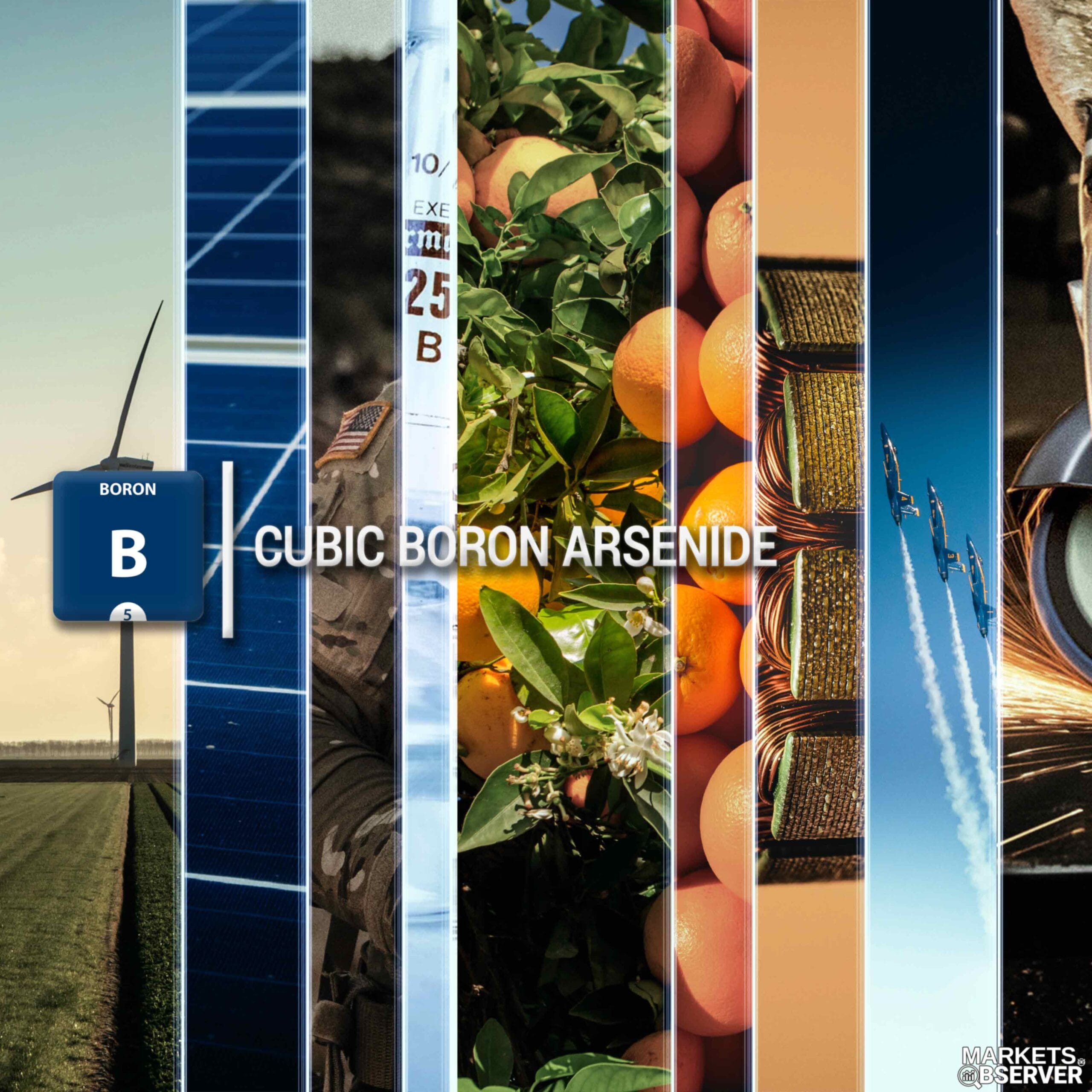Research have uncovered another feature of Cubic Boron Arsenide, which seemingly break the laws of physics. CBA’s excellent thermal conductivity peaked at 16.5 GPa before decreasing at higher pressure.
The discovery could open up brand new ways of designing devices that control heat transport by changing pressure.
- Although most materials conduct heat faster under pressure, cubic boron arsenide’s thermal conductivity decreases above 16.5 GPa at 300 K.
- BAs crystal was synthesized and placed it in a diamond anvil cell.
- Then the crystal was squeezed with a pressure of up to 32 GPa while the researchers measured the material’s thermal conductivity at different temperatures.
- At 300 K, they observed that the BAs crystal’s thermal conductivity peaked around 16.5 GPa before decreasing at higher pressures.
- It was revealed that the lattice structure of BAs propagates heat in such a way that waves of vibrational energy can cancel each other out at extreme pressures.
- The findings supports that heat transport in high-pressure environments, like Earth’s core, may be more complicated than thought.
- It may also help engineers build new devices that could control heat transport with pressure.
The conventional understanding of thermal conductivity in crystalline materials has been that it increases with pressure due to the closer proximity of atoms, enabling the transfer of vibrational energy through acoustic waves in an ordered lattice.
However, a recent study conducted by a team of researchers at the University of California, Los Angeles led by chemist and mechanical engineer Yongjie Hu has challenged this understanding with their investigation of boron arsenide (BAs) under pressure.[1]
The team discovered that as they applied pressure to a BAs crystal, its thermal conductivity peaked at 16.5 GPa before decreasing at higher pressures.
This was found to be due to the unique way that the lattice structure of BAs allows vibrational energy waves to cancel each other out at extreme pressures.
The results indicate that heat transport in high-pressure environments, like Earth’s core, may be more complex and the findings could have implications for the design of devices that control heat transport with pressure.
References:
- “Anomalous Thermal Transport under High Pressure in Boron Arsenide” , Li, Suixuan, et al. Nature, vol. 612, no. 7940, Dec. 2022, pp. 459–64.








